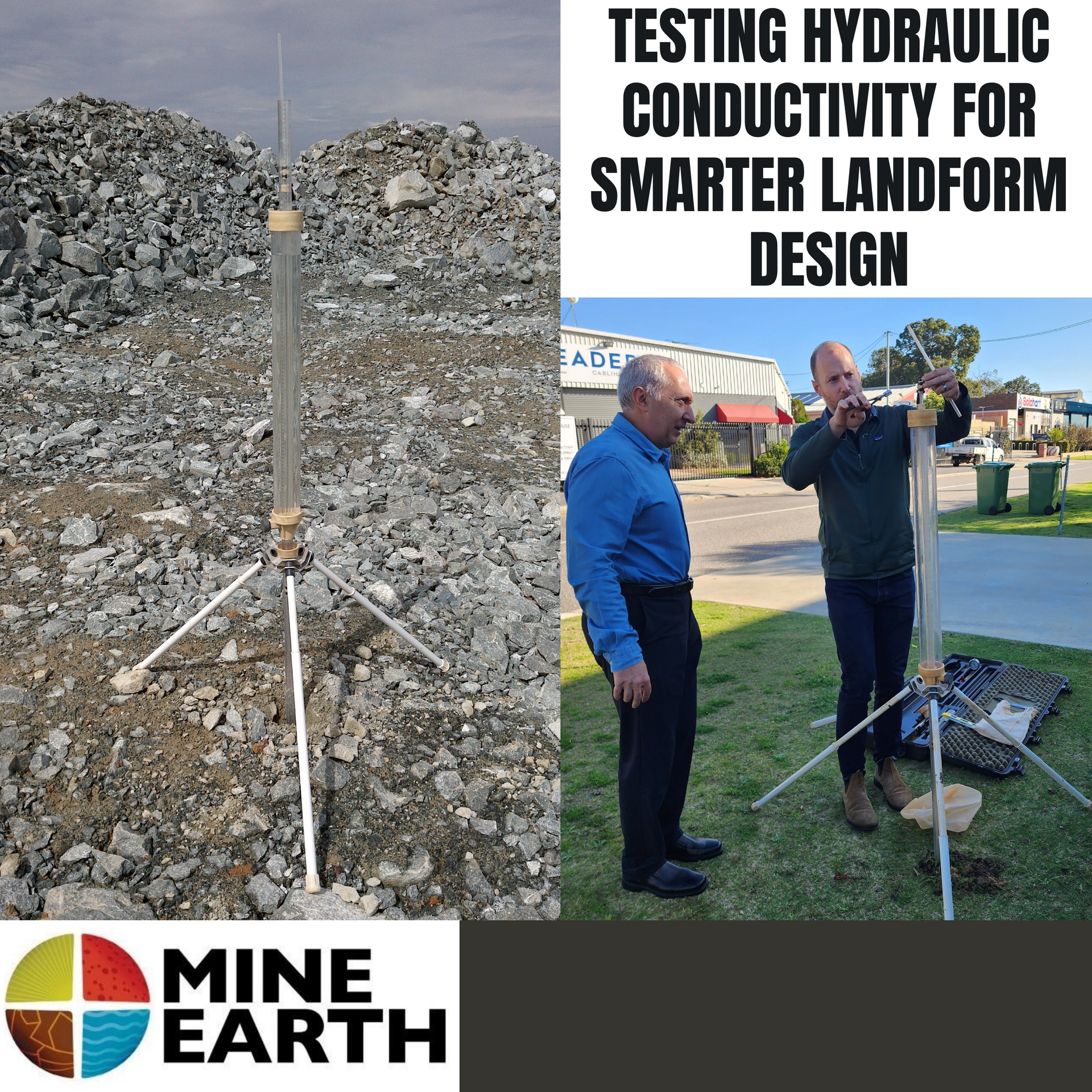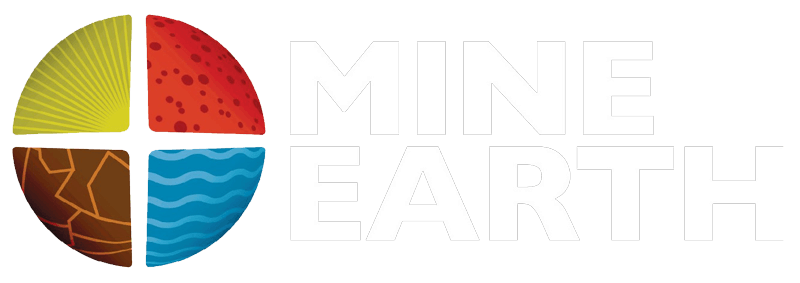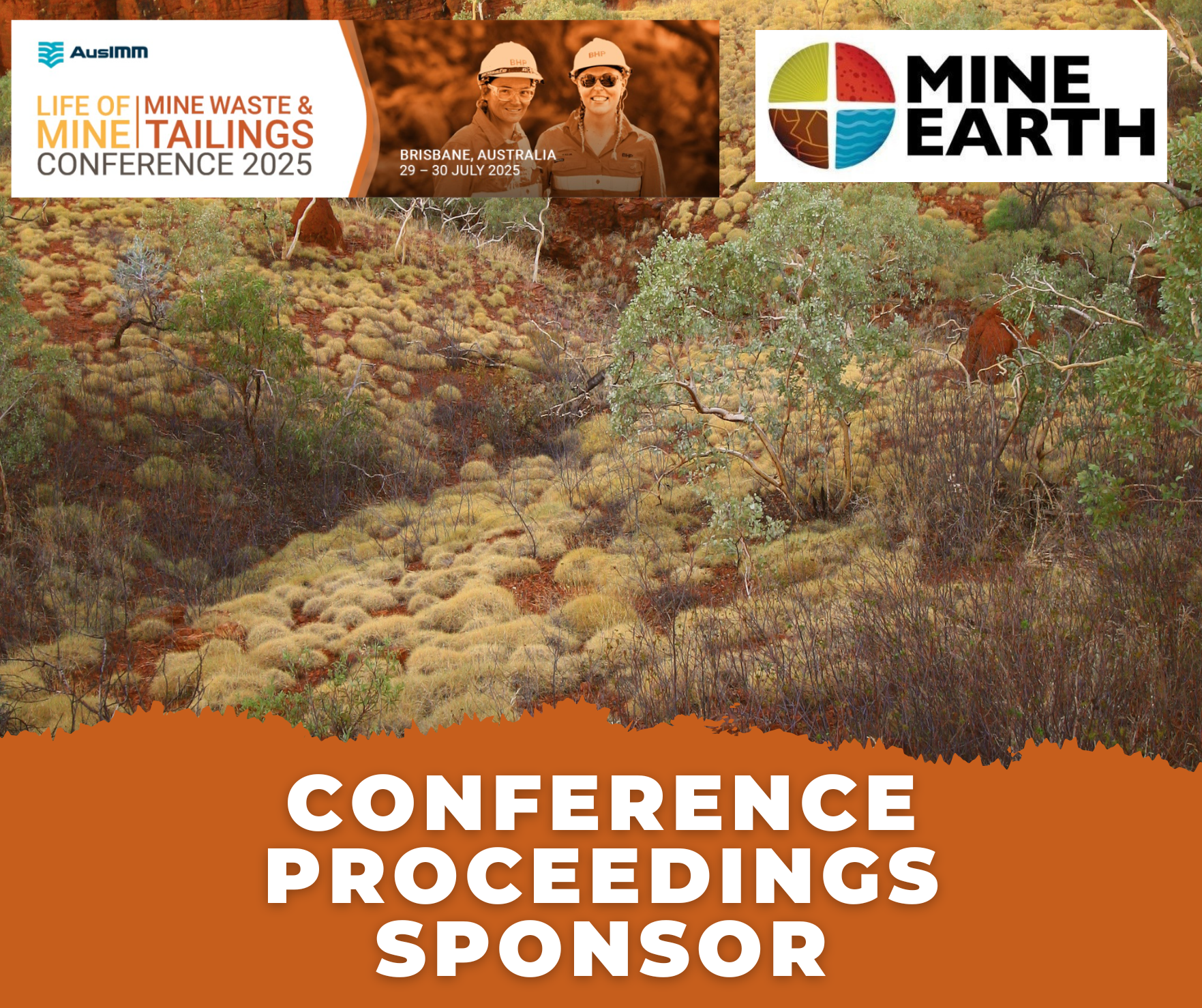At Mine Earth, we’re a specialist mine closure consultancy passionate about sustainable outcomes. With offices in Perth and Brisbane, our team includes engineers, geologists, ecologists, and environmental scientists—united by a shared mission to restore post-mining landscapes and make a lasting difference.
We’re growing and currently seeking a Senior Environmental / Civil Engineer to join our Perth-based team. If you’re ready to take on meaningful, diverse projects and work alongside industry-leading professionals, we’d love to hear from you.
The Role
- Communicate technical information effectively to a wide range of stakeholders
- Prepare detailed mine rehabilitation cost estimates
- Collaborate across disciplines on site-based and office-based projects
- Facilitate closure options assessment workshops
About You
- Bachelor’s degree in Civil or Environmental Engineering
- 10+ years’ experience in Civil or Environmental Engineering
- Proven project and team management experience
- Excellent communication skills to engage diverse stakeholders
Desirable Skills
- Earthworks and construction management experience
- Surface water modelling, cover design or erosion modelling
- Experience in cost estimation and familiarity with mine operations
- Option assessment experience
Why Join Us?
- Work on diverse mine rehabilitation projects across Australia and overseas
- Enjoy flexible working arrangements and a supportive team culture
- Be part of a multidisciplinary team that values collaboration and innovation
- Build your career with access to leadership opportunities and technical development
Location: Perth-based with occasional short-term site travel
Eligibility: You must have the right to work in Australia
Apply Now
To apply, please click the below Apply Now button and submit your CV along with a cover letter that addresses the following questions:
- Describe your experience in Project Management and dealing with multiple internal and external stakeholders. What tools have you used, and how have you applied them in practice?
- Tell us about a time you managed a mine rehabilitation or civil earthworks project. What was your role, and how did you address a major challenge?
- What motivates you to work in mine closure and environmental rehabilitation, and what do you value most in a team?
Applications close Friday, 22 August. We look forward to hearing from you!
Take the next step in your career and be part of shaping a more sustainable future.



